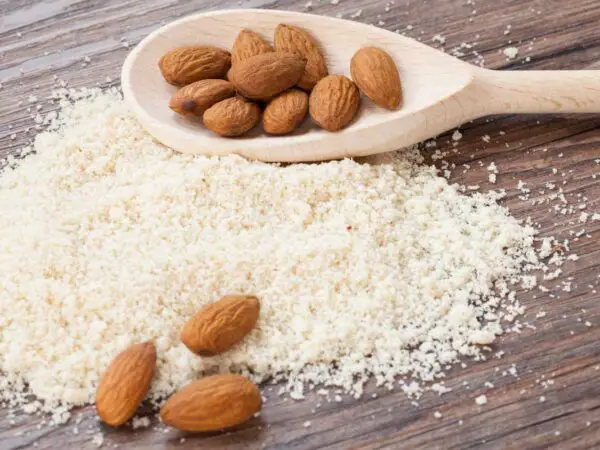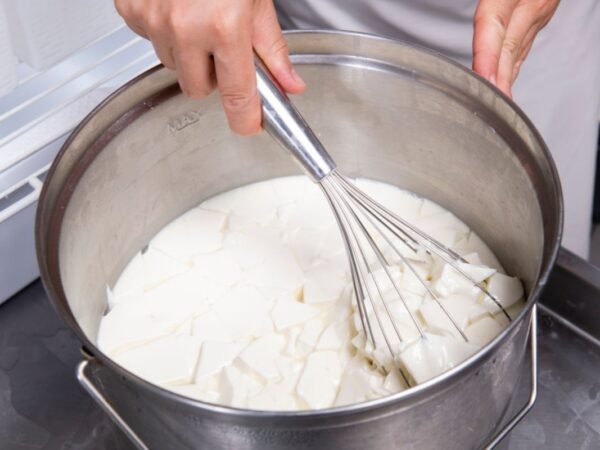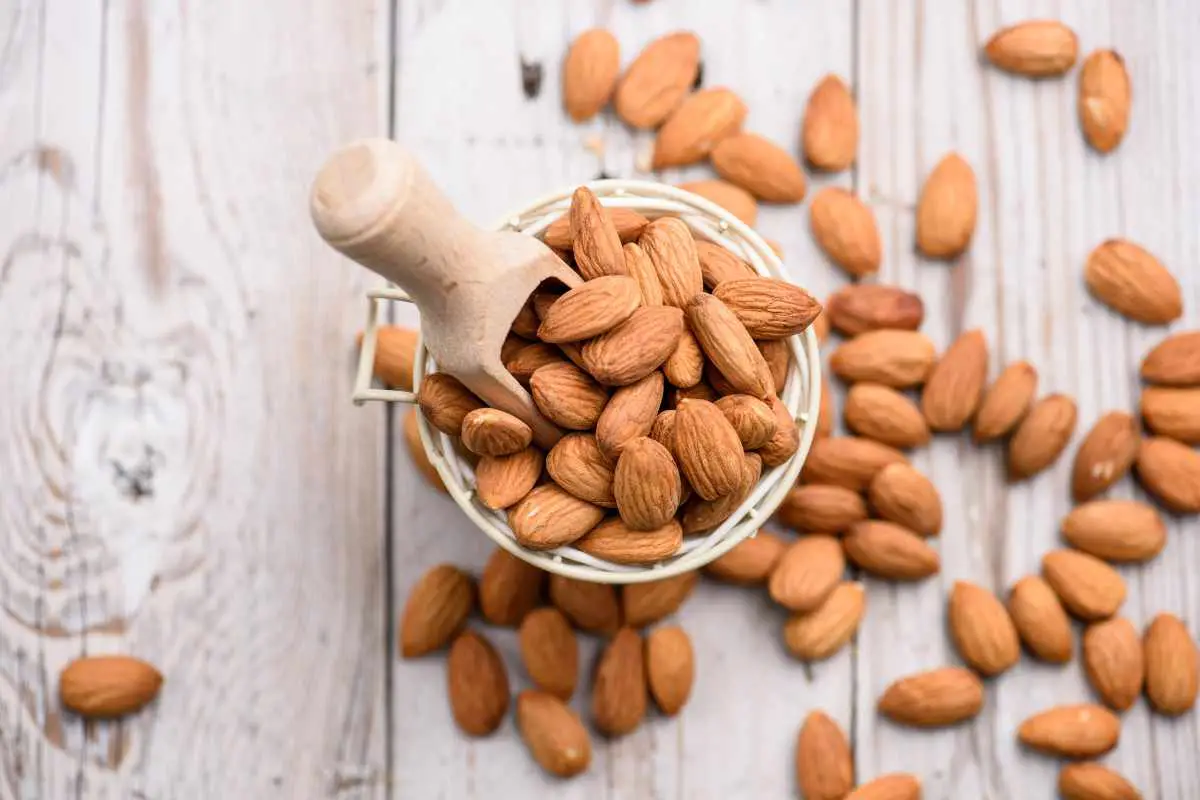
Crunchy, delicious almonds are a pantry staple for many. But have you ever wondered how long they last? The shelf life of almonds can vary depending on storage methods and whether they are raw or roasted. While unopened packages of almonds can stay fresh for up to two years when stored in a cool, dark place, opened packs should be consumed within a few months to maintain their flavor and texture.
So, if you've got some almonds stashed away, it's essential to know how long they will remain at their best. In this post, we'll dive into the factors that affect the shelf life of almonds, explore signs of spoilage, and discuss tips on extending their freshness. Let's ensure your almond stash is always top-notch!
Almond Freshness
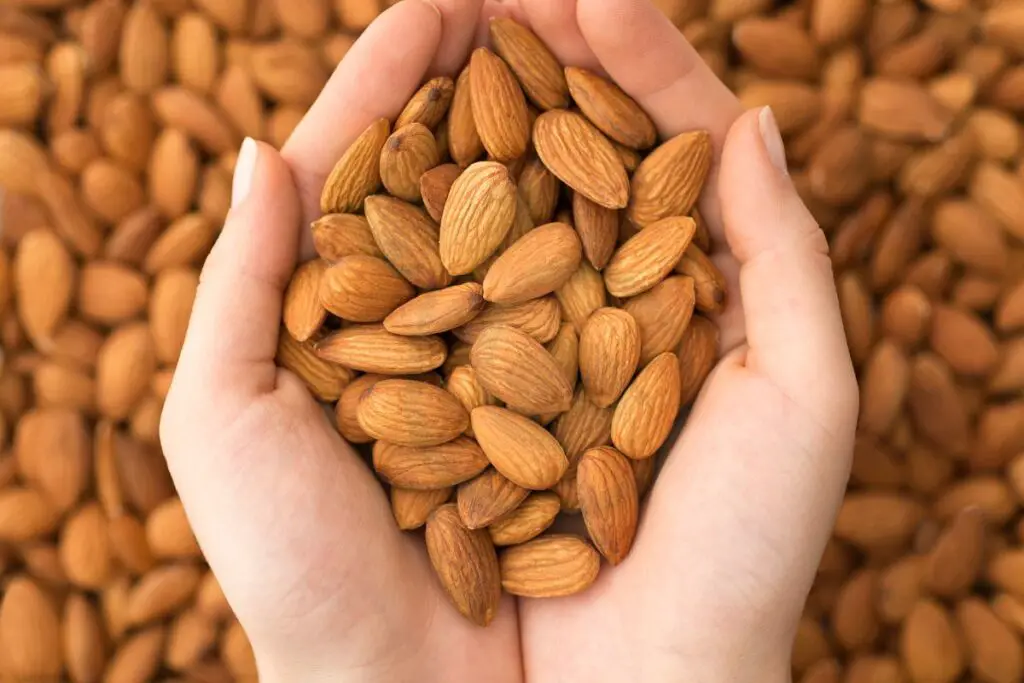
Shelf Life Factors
Almonds' shelf life is influenced by various factors, primarily storage conditions. Exposure to light and heat can significantly reduce the shelf life of almonds. Storing them in a cool, dark place in an airtight container or vacuum-sealed bag can help extend their freshness. This prevents the nuts from becoming rancid and losing their natural flavor.
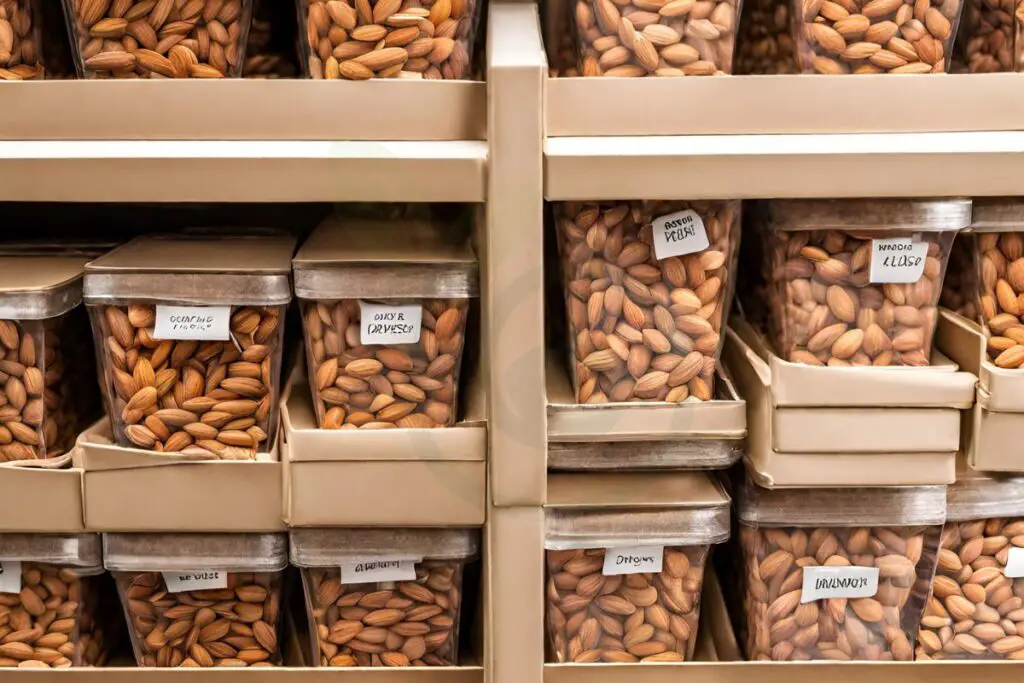
Improper storage can lead to a decrease in the quality of almonds over time. For example, keeping almonds in direct sunlight or near sources of heat like stoves or ovens can shorten their shelf life considerably. By contrast, storing them in a pantry or refrigerator at stable temperatures helps maintain their freshness for longer periods.
Spoilage Signs
It's important to be able to identify signs that indicate almond spoilage. Mold growth on the surface of almonds is a clear indicator that they have gone bad and should not be consumed. If you notice an off odor when you open the container of almonds, it's likely that they have spoiled.
Changes in color and texture are also signals of almond spoilage; fresh almonds typically have a crisp texture and light coloration while spoiled ones may appear discolored or feel soft and mushy. Furthermore, if you detect any bitter or rancid taste when eating almonds, it's best to discard them as they are no longer safe for consumption.
Another sign of spoilage is the presence of pests or insects within the package containing your almonds. If you notice any such activity inside your almond storage container, it indicates that pests have contaminated your nuts and rendered them unsafe for consumption.
Almond Basics
Nutritional Profile
Almonds are packed with protein, fiber, and healthy fats. They also contain high levels of vitamin E, which is excellent for skin health. Almonds provide essential minerals such as magnesium and calcium.
Almonds' nutritional profile makes them an ideal snack or ingredient in various dishes. For example, a handful of almonds can provide a quick protein boost during the day. The magnesium content in almonds supports bone health, while the fiber aids digestion.
Varieties and Forms
There are several options to choose from based on your culinary needs. You can find whole almonds, sliced almonds, chopped almonds, and ground almond flour in the market.
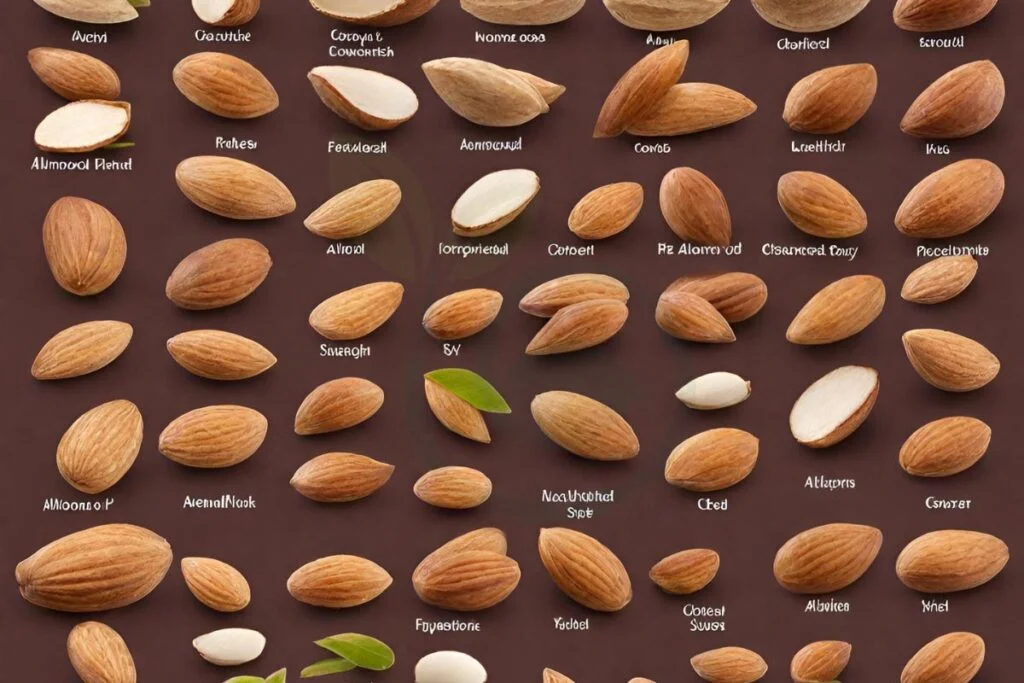
In terms of forms, you'll encounter raw, roasted (with or without salt), and unsalted versions of almonds. Each form serves different purposes in cooking or snacking. For instance, raw almonds are versatile and can be used in both sweet and savory recipes; meanwhile roasted ones add a nuttier flavor to dishes like salads or stir-fries.
Shelf Life Overview
Raw Almonds
Raw almonds can last for up to two years when stored properly. Their natural nutrients and enzymes remain intact, making them a great choice for homemade almond milk and almond flour. The mild, earthy flavor of raw almonds makes them versatile for various recipes.
When kept in an airtight container in a cool, dry place away from sunlight, raw almonds stay fresh longer. This storage method helps prevent them from becoming rancid or losing their nutritional value. It's important to check for any signs of spoilage such as a sour smell or bitter taste before using raw almonds in your recipes.
Roasted Almonds
Roasted almonds have a shorter shelf life compared to raw ones due to the roasting process. Typically, they can last around 8-12 months if stored correctly. The roasting enhances the nutty flavor of almonds while giving them a crunchy texture that makes them ideal for snacking or adding to trail mixes.
To extend the shelf life of roasted almonds, it's essential to store them in an airtight container at room temperature. Avoid exposing them to heat or moisture as this can cause the oils in the nuts to go rancid more quickly.
Sliced or Chopped
Sliced and chopped almonds are convenient forms that offer versatility in cooking and baking applications. When properly stored in an airtight container away from light and moisture, sliced or chopped almonds can maintain their quality for about 6-9 months.
These forms of almonds are commonly used in baking and cooking due to their ability to add texture and crunchiness to dishes like salads, desserts, casseroles, and more. When incorporating sliced or chopped almonds into recipes, it's crucial to inspect them before use by checking for any off odors or flavors.
Storage Essentials
Temperature Control
Almonds can last longer when stored at a consistent cool temperature. Avoid exposure to high temperatures, as this can lead to rancidity. Temperature fluctuations can also impact the quality of almonds over time. For example, storing almonds in a pantry with stable temperatures is ideal.
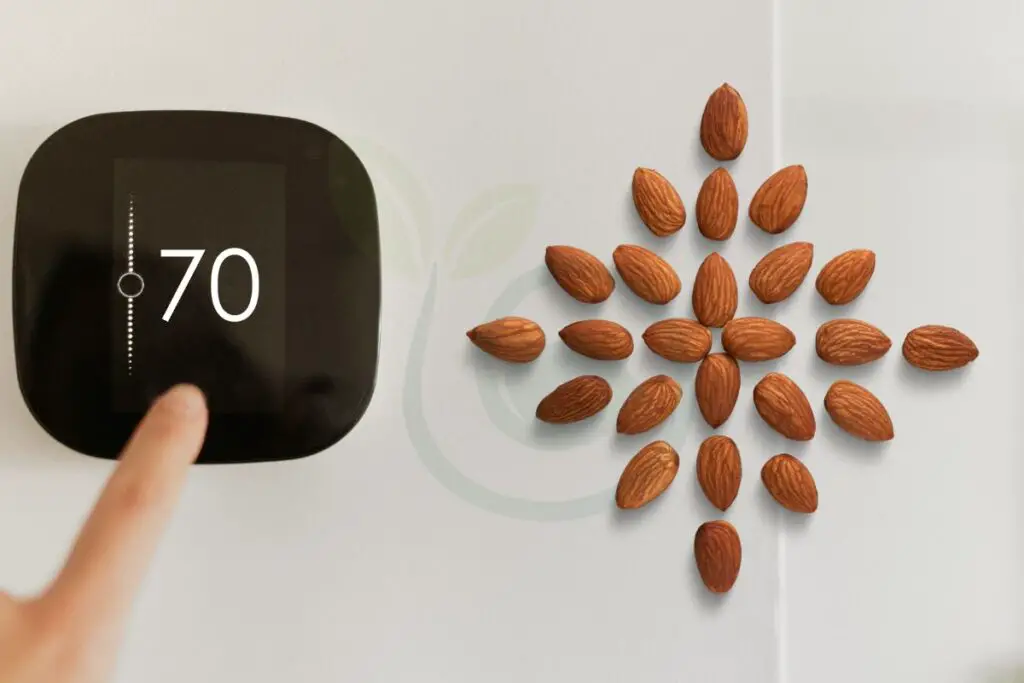
Container Types
Using airtight containers for storing almonds is essential to maintain their freshness and prevent spoilage. Glass jars or resealable bags are great options for keeping almonds fresh. It's also advisable to choose opaque containers that shield the almonds from light exposure, which can affect their quality.
Moisture Prevention Moisture is one of the main culprits leading to mold growth in almonds, so it's crucial to keep them dry at all times. Moisture-absorbing packets placed inside storage containers can help maintain dryness and extend the shelf life of almonds effectively.
Maximizing Freshness
Airtight Sealing
Almonds, like many nuts, are sensitive to air exposure and moisture. Airtight sealing is crucial in preserving their flavor and texture. When almonds are exposed to air, they can become rancid quickly due to the fats they contain. By using airtight containers or vacuum-sealed packaging, you can extend the shelf life of almonds significantly.
Proper sealing not only keeps out air but also prevents moisture absorption. Moisture can lead to mold growth and spoilage of the almonds. Therefore, ensuring that your almonds are stored in an airtight environment will help maintain their quality for longer periods.
Cool Environments
Storing almonds in cool environments is essential for maintaining their freshness. Ideally, you should store them in cool, dark pantries or cupboards away from direct sunlight and heat sources. If you want to further extend the shelf life of your almonds, consider refrigerating or freezing them.
Refrigeration or freezer storage options slow down the process of rancidity by keeping the nuts at a consistently low temperature. This helps preserve their natural oils and prevent them from going bad too quickly.
Avoiding Contaminants
To ensure that your almonds last as long as possible without losing flavor or becoming contaminated, it's important to keep them away from strong odors that could be absorbed by the nuts. Strong-smelling foods such as onions or spices can affect the taste of your almonds if they're stored together.
Cross-contamination with other food items should also be avoided when storing almonds. Keep them separate from items with strong flavors or those that may have liquids that could seep into the almond container.
Protecting your almonds from pests is equally important for maintaining freshness over time. Using sealed containers will help prevent pests such as ants or weevils from infiltrating your almond supply.
Recognizing Freshness
Texture Assessment
Fresh almonds have a firm and crisp texture. When you bite into a fresh almond, it should feel solid and crunchy. If the almond feels soft or rubbery, it may indicate spoilage. This change in texture can occur due to improper storage conditions, such as exposure to moisture or high temperatures.
Improperly stored almonds may also lose their natural oils, leading to a less desirable mouthfeel. Pay attention to any changes in the texture of almonds over time, as this can be an important indicator of their freshness.
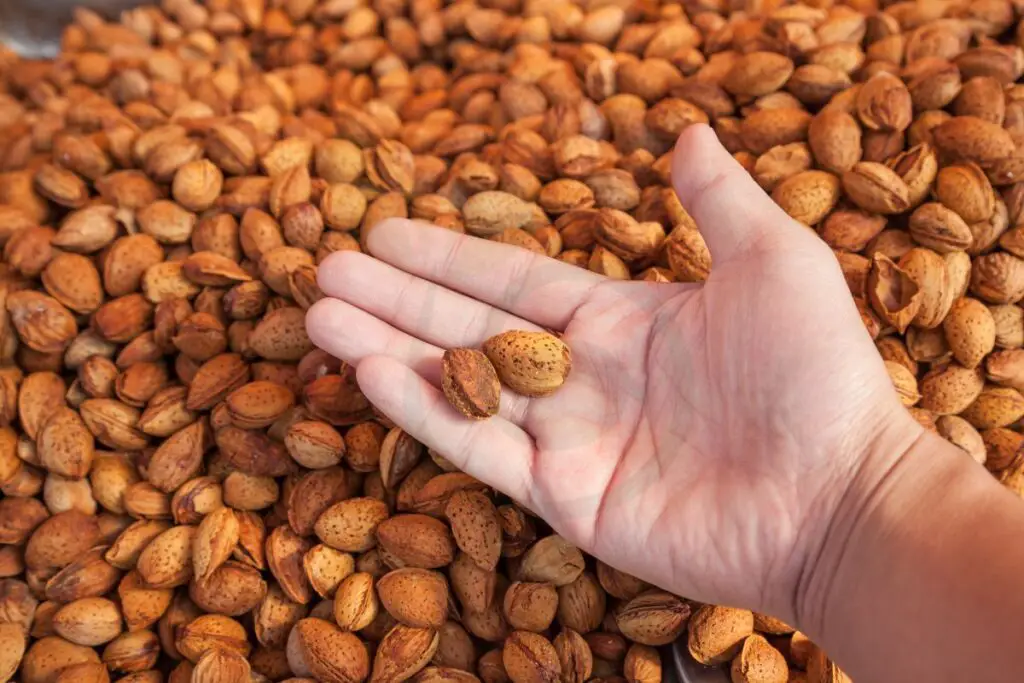
Color and Smell
Fresh almonds typically exhibit a light beige color. Any discoloration could signal potential rancidity in the nuts. Take note of the smell when assessing almond freshness. Fresh almonds should not emit any foul or sour odors; these scents are indicative of spoilage.
If you notice any off-putting smells coming from your almonds, it's best to discard them rather than risk consuming spoiled nuts that could cause digestive discomfort.
Almonds are often labeled with a "best by" date on their packaging which indicates how long they will maintain optimal quality if stored properly.
Signs of Spoilage
Rancidity Indicators
Almonds, like any other nut, can go rancid over time. Rancid almonds have a distinct bitter or soapy taste that differs from the usual nutty flavor. If you notice an unpleasant aftertaste when consuming almonds, it could be a sign of rancidity. Rancid oils released by the almonds emit a pungent odor, which is another clear indicator of spoilage.
The development of these indicators occurs due to exposure to oxygen and light. When nuts are stored improperly or for too long, their healthy fats begin to break down and turn rancid. This process affects both the taste and smell of the almonds.
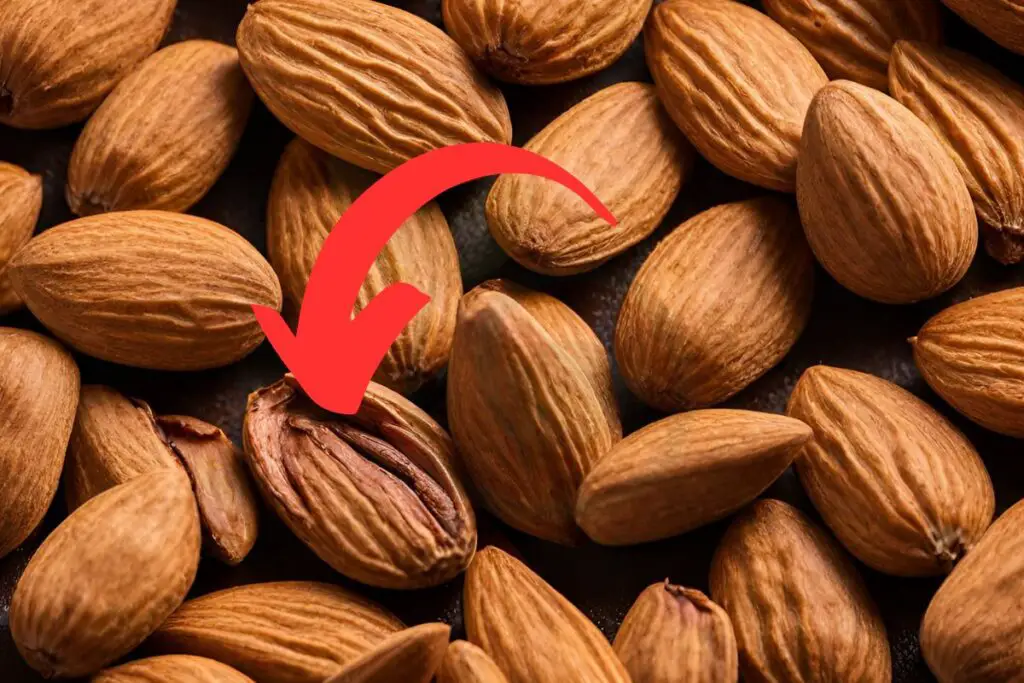
Rancidity in almonds is not only unappetizing but also potentially harmful if consumed regularly. It's essential to recognize these signs early on and discard any spoiled nuts to avoid adverse effects on health.
Mold and Pests
Another critical aspect in determining almond spoilage is checking for mold growth on the nuts themselves. Moldy almonds will often appear discolored with visible patches of green or grayish fuzz covering them. Any presence of mold should prompt immediate disposal as consumption can lead to various health issues.
Moreover, pests such as weevils are common contaminants found in old or improperly stored almonds. These tiny insects infest the nuts and lay eggs inside them without being noticeable at first glance. Discovering any evidence of pest activity calls for swift action in discarding affected almond batches completely.
Consumption Safety
Spoiled Almonds Risks
Consuming spoiled almonds can lead to various digestive issues. Moldy almonds may contain harmful mycotoxins, which can cause serious health problems if ingested. Rancid nuts contribute to oxidative stress in the body, potentially leading to cellular damage and inflammation.
It's crucial to be aware of these risks associated with consuming spoiled almonds. For instance, moldy almonds can harbor aflatoxins, a type of mycotoxin that has been linked to liver cancer and other health issues. Therefore, it's essential to inspect almonds for any signs of spoilage before consumption.
Best Before vs. Use By
Understanding the difference between "best before" and "use by" dates is vital for ensuring food safety when consuming almonds or any other perishable item. The "best before" date indicates the peak quality of the product but does not necessarily mean that it is unsafe to consume after this date.
On the other hand, the "use by" date signifies the last day on which a product will be at its best quality and safety. It's important to adhere strictly to this date for optimal freshness and safety when consuming almonds or almond-based products.
After passing their "best before" date, almonds' quality degrades, affecting their taste and texture over time. While they may still be safe for consumption past this date if stored properly, it's crucial for consumers to exercise caution and consider factors such as storage conditions before deciding whether or not they are suitable for consumption.
Extending Shelf Life
Refrigeration Benefits
Refrigerating almonds is a great way to prolong their shelf life. The cold temperature slows down the oxidation process, which helps maintain the almonds' quality for a longer period. By refrigerating opened almond packages, you can ensure that they stay fresh and flavorful.
Cold storage also plays a crucial role in preserving the nutrients present in almonds. When stored in the refrigerator, these nutrient-packed nuts retain their essential vitamins and minerals for an extended time. This means that refrigeration not only keeps almonds from going rancid but also helps preserve their nutritional value for consumption later on.
Freezing Techniques
Freezing is another effective method to extend the shelf life of almonds. When properly frozen, almonds can last up to two years without compromising their taste or texture. To freeze them correctly, it's important to package them in airtight containers before placing them in the freezer. This prevents moisture and air from seeping into the packaging and causing freezer burn.
Moreover, when it comes time to use your frozen almonds, remember to thaw them slowly in the refrigerator rather than at room temperature or using quick methods like microwaving. Thawing slowly ensures that the almonds retain their natural flavor and texture instead of becoming mushy or losing their original crunchiness.
Practical Tips
Regular Checks
Periodically inspect stored almonds for signs of spoilage. Look for any discoloration, mold, or off smells. Rotate stock regularly to use older batches first and ensure freshness. Conduct sensory checks by examining the appearance and smelling the almonds for any changes in quality.
It's important to keep an eye on your stored almonds to ensure they remain fresh and safe to consume. By checking them periodically, you can catch any signs of spoilage early on before it spreads to other batches.
Rotation Strategy Implement the FIFO (First In, First Out) method for consuming almonds. This means using the oldest batch of almonds before opening a new one. Maintaining organized storage will make it easier to rotate your almond stock effectively.
Label containers with purchase dates as a way of tracking freshness and ensuring that older batches are used first. This simple step can help avoid forgetting about certain batches of almonds at the back of your pantry while continuously purchasing new ones.
Summary
Congratulations! You are now an almond freshness expert. By understanding the shelf life, storage essentials, and signs of spoilage, you can ensure that your almonds stay fresh and safe to eat. Remember to store them in a cool, dark place and seal them tightly to maximize their freshness. Keep an eye out for any off smells or discoloration to recognize spoilage and always prioritize consumption safety.
Now that you're armed with practical tips to extend the shelf life of your almonds, go ahead and put your knowledge into action. Take a look at your pantry and see if there are any adjustments you can make to store your almonds better. Your efforts will not only keep your almonds fresh but also ensure that you can enjoy their delicious taste for longer.
Frequently Asked Questions
How can I tell if almonds have gone bad?
If your almonds have a rancid or bitter taste, a strange odor, or appear discolored, they may have spoiled. Always give them a good sniff and taste before consuming to ensure they're still fresh.
What is the best way to store almonds for maximum freshness?
To keep your almonds tasting their best, store them in an airtight container in a cool, dark place like the pantry. Avoid moisture and heat as these can cause the nuts to spoil faster.
Can I extend the shelf life of my almonds?
Yes! You can prolong the freshness of your almonds by storing them in an airtight container in the fridge or freezer. This will help prevent rancidity and maintain their flavor for longer periods.
Are there any tips for maximizing almond freshness?
For optimal freshness, consider buying whole raw almonds with skins intact rather than processed ones. Avoid exposing them to direct sunlight and opt for vacuum-sealed packaging when possible.
How long do almonds typically last?
When stored properly at room temperature in an airtight container, unshelled raw almonds can last up to two years while shelled ones usually stay fresh for about one year. However, it's always best to check for signs of spoilage before consuming.
Image Source: Paid image from CANVA


